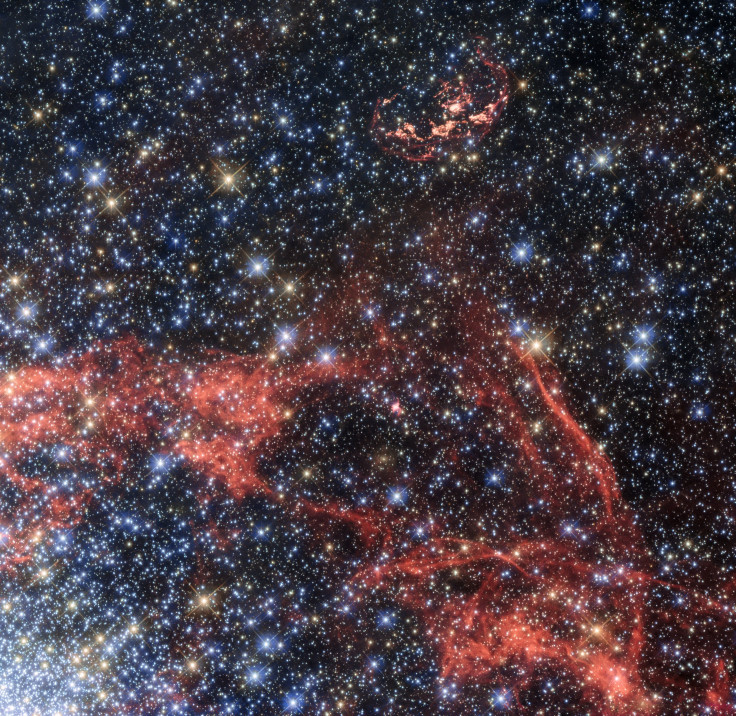Hubble Spots Possible Remains Of Supernova Explosion Survivor In Large Magellanic Cloud

Explosions of supernovae are the largest known events of their kind in the universe, and studying them led to one of the incontrovertible proofs that the universe we live in is expanding at an ever-increasing speed, as well as to the theory of dark matter. However, there is still a lot we don’t know about these intriguing, exploding stars, including why exactly it is they explode.
There are two leading reasons why supernovae are thought to happen. Those classified as Type I are theorized as taking place in binary star systems where one of the two stars happens to be a carbon-oxygen white dwarf. This star appropriates matter from its companion, eventually accumulating too much matter, with its core reaching a critical density of two billion grams per cubic centimeter, at which point an uncontrolled fusion of carbon and oxygen causes the star to explode.
Read: A Black Holes Was Hiding In A Nearby Supernova Remnant
The other type of supernovae, classified as Type II, happens when a massive star reaches the end of its lifetime, its nuclear fuel exhausted and its outer layers is not supported by nuclear energy. A large iron core, if big enough, leads to a supernova once the star collapses.
In the first kind of supernovae, which include Type Ia, it is possible that the normal, unexploded star survives the event. And NASA’s Hubble Space Telescope may have found the remnants of just such a star in our neighboring galaxy, the Large Magellanic Cloud, NASA said in a statement Thursday.
A supernova remnant, called SNR 0509-68.7 (also known as N103B), can be seen in the upper center of the image above. At a distance of about 160,000 light-years from Earth, it contains a possible survivor — a sun-like star — that showed signs of being associated with a Type Ia supernova.
The foreground of the above image (its lower half) shows gas and a dense concentration of stars in the outskirts of star cluster NGC 1850. The image was captured in June 2014.
© Copyright IBTimes 2024. All rights reserved.





















